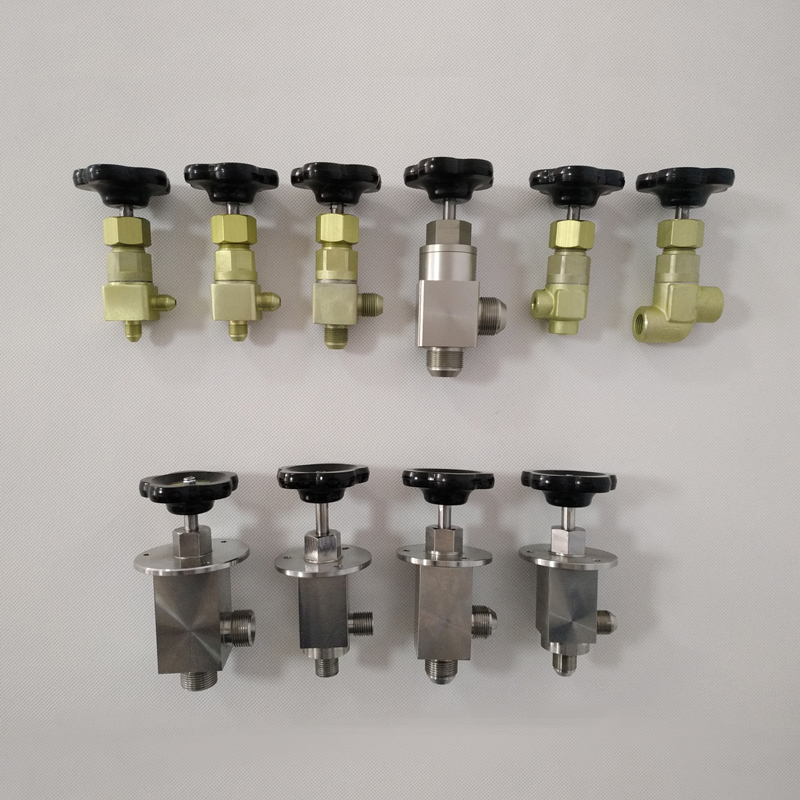Needle valve is a commonly used fluid control device, mainly used in equipment that precisely regulates flow and pressure. It has a unique structure and working principle, and is suitable for the transmission and control of various liquid and gas media.
The main components of a needle valve include a valve body, a valve core and a valve stem. The valve body is usually made of stainless steel or copper, which has good corrosion resistance and sealing performance. The spool is a long and thin needle that controls the on-off and flow rate of fluid through rotation or push-pull movement. The valve stem is used to connect the valve core and the operating handle, and the movement of the valve core is controlled by the rotation or push and pull of the handle.

The needle valve has the following characteristics: First, the fluid control precision is high, and it can realize precise flow and pressure regulation. Secondly, it has the characteristics of fast response, which can quickly open or close the fluid channel, and is suitable for occasions that require frequent adjustments. In addition, the needle valve has the characteristics of high temperature resistance, low temperature resistance and pressure resistance, can operate stably under different working conditions, and is suitable for various industrial fields.
Needle valves are mainly used in laboratories, chemical industry, pharmaceuticals, food processing, petroleum, metallurgy and other industries to control the flow, pressure and temperature of liquids and gases. It is often used in the laboratory to accurately control small flow liquids, and in industrial production to adjust the flow and pressure to ensure the stable operation of the process.
In short, the needle valve is an important fluid control device, which can effectively control the flow and pressure of the fluid. It has the characteristics of high precision, fast response, high temperature resistance and low temperature resistance, and is widely used in various fields.
Post time: Jun-19-2023

